The artist I am focusing on today is Jessica Rosenkrantz from the Nervous System art studio. Her work takes scientific theory on pattern formation in nature to create algorithms for design. What I admire about her work is that I can recognize what these generative patterns remind me of in nature. For instance, her project Porifera (2018) resembles a sea sponge. And her project Growing Objects (2014) resembles a crystallized snowflake. I don’t if these were patterns she was drawing from, but having that reference for me grounds these highly computerized projects into a context I understand. Jessica graduated from MIT in 2005 with degrees in biology and architecture, then from Harvard’s Graduate School of Design (for architecture) in 2008.
Category: LookingOutwards-11
Looking Outwards 11
For this looking outwards, I took a closer look at a project and architect that I knew of, but not about, Jenny Sabin. She began her career with two arts degrees from the University of Washington, and went back to school a few years later and received a Masters in Architecture from the University of Pennsylvania. She has her own studio based in Philadelphia, and is now also a part of the Department of Architecture at Cornell University. Her work focuses on computational design, as well as digital fabrication. The project below is titled Lumen, and was on display in the summer of 2017 at MoMA PS1. The project is a great example of how digital fabrication can create precise spaces without giving way to corners or flat walls. Lumen is a knitted structure which serves to create private and shaded spaces in the summer heat, while lighting up to create dynamic and exciting spaces at night. The project was successful enough that it became one of a series of similar works from her and her studio.
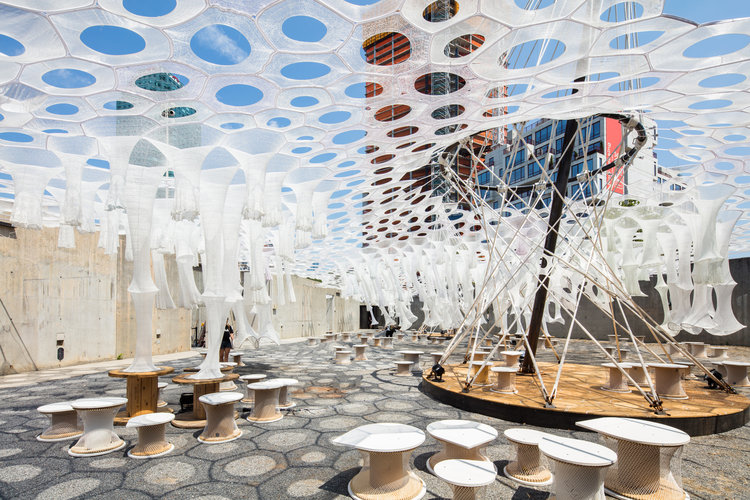
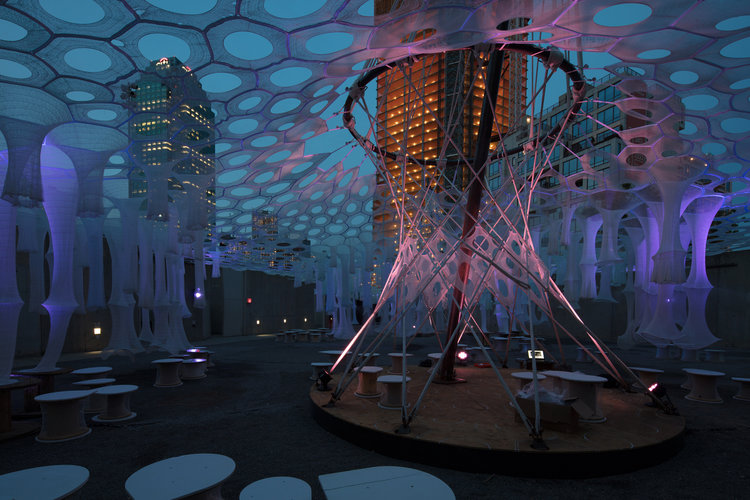
Looking Outwards 11
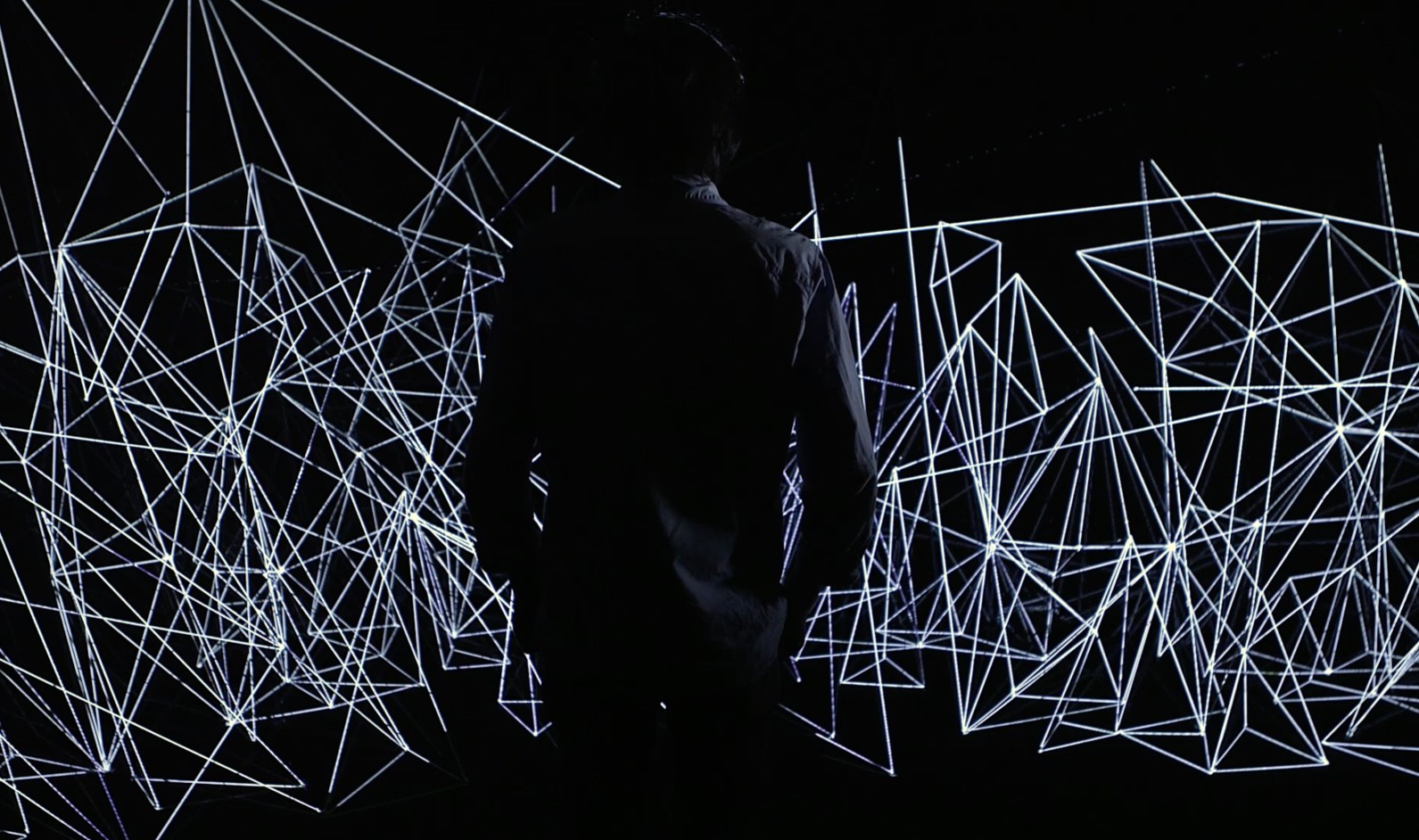
The female new media artist that I chose to highlight is Mimi Son. She studied interactive design at the Copenhagen Institute of Interaction Design before starting a design firm alongside Elliot Woods named Kimchi and Chips. Mimi’s fascination with geometry and Buddhist philosophy play a large role in inspiring her work and the elements of time and space.
Line Segments Space is a work by Mimi Son displayed in nylon string and digital emulsion. This display is shown in the Vimeo above where you can see the interaction between the light display and sound. I found this to be such a captivating form of line art. Each of lines represents a transformed 2 dimensional canvas which is also represented in different dimension, sound.
LO 11 Women in Computational Deisgn
Jenny Wu is a co-founder at the architectural design firm Oyler Wu collaborative and Her own jewelry design company Lace by Jenny Wu. The firm is a highly experimental architectural practice that engages architecture and design with a hyper critical lens that focuses on research and fabrication. Their work crosses a variety of scales, from furniture detailing to large scale institutional buildings. Jenny Wu a classically trained architect received her alma mater from Columbia University and then Harvard graduate school of design, is currently a faculty member at the Southern California Institute of Architecture. What’s interesting about her work is that there’s a strong sense of connection between the jewelry she designs to the architectural work the firm produces, that engages the power of digital fabrication in relations to formal studies that relate back to the human in a variety of scales from the intimate jewelry to the inhabitable space of a building.

Looking Outwards 11: A Focus on Women Practitioners
The work is called “Weather Worlds” by Emily Gobeille. This work is an interactive installation that “grants” children with superpowers to “control the weather.” The work uses a camera and can green-screen anyone who interacts with it in real-time. This installation can project the image of lightning bolts flying out of the hands of the user, or clouds coming from the palms of their hands. I found this project interesting because it works so incredibly fast, that the person in sight of the camera will be immediately projected onto the screen and can control aspects of the interactive code. On top of this, I really liked the multi-user aspect of this work, as many users can be projected onto the screen at once, which would allow for more interaction, and less line-waiting. Though I do not know exactly how or what went into generating this algorithm for this project, I can already understand that it likely took a lot of time to calibrate correctly so that the green-screened images would not overlap or skew. I personally really admire this because I feel that as time passes, the importance of art for a child’s education is always being undermined, and I feel that this installation does a great job of making kids interested into artworks like this. This project combines both an artistic flare and technological touch that is perfect for the new generation of children who are constantly interacting with smart devices.
Emily Gobeille is a creator of high-end interactive installations for children. For the past few years, she’s studied and worked with motion graphics, concept development, interaction design, and user interaction. Her experiences over the years include web, print, TV< wireless platforms, and installations. It appears that she works in California, New York, and Miami as she runs her own interactive studio called Design I/O, which is located in those areas. Much of Emily Gobeille’s work centers around how children think and behave, which influences what type of interactive installations she makes. She claims to be intrigued by the way children think and play, and she often tries to think like a child when creating her installations.
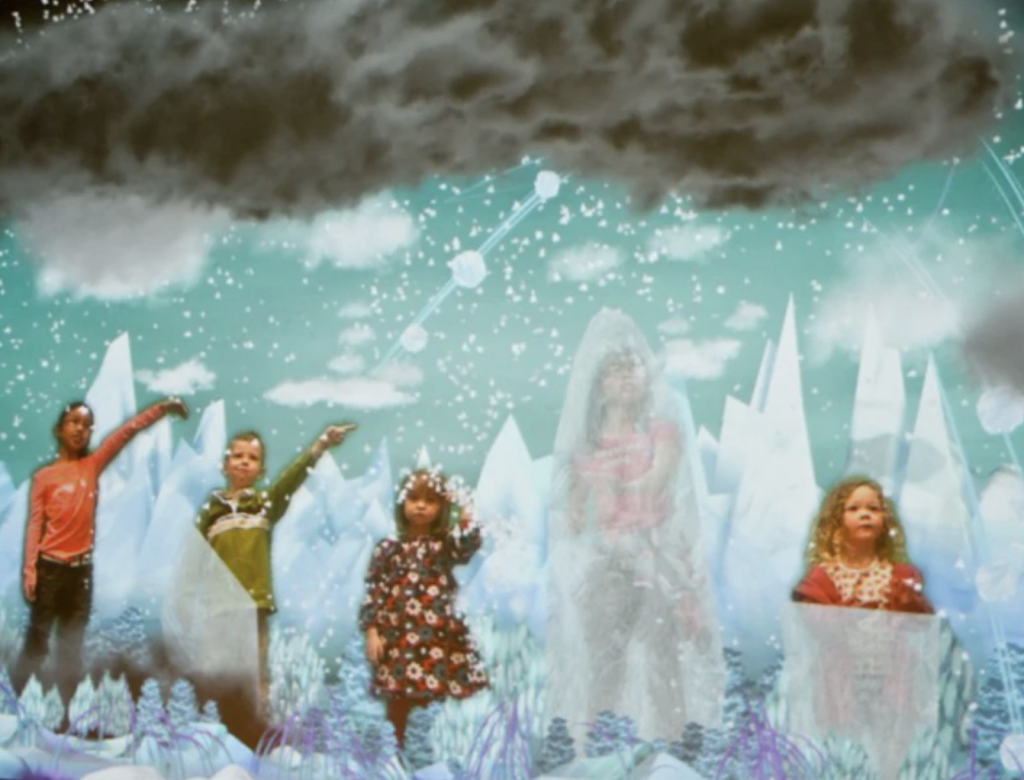

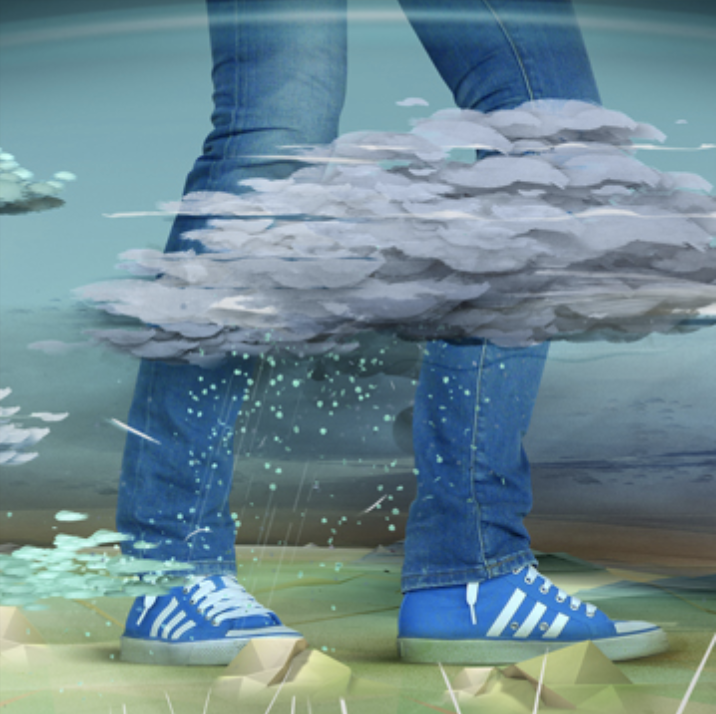
Looking Outwards 11
Looking Outwards 11: A Focus on Women Practitioners
This week, I took a look at Nathalie Miebach’s Sculptural Musical Scores, “Weather Score Project.” She translated weather data into musical scores, and then translate those into sculptures. It is a mapped meteorological conditions of a specific time and place, and functional musicals scored played by musicians as well. Nathalie studied political science, art education, visual arts, astronomy, physics, and sculpture. She is now an innovator in residence at Rutgers University. She has been working a lot with data and translating them into artistic forms. This Weather Score project was particularly interesting to me because of its interesting translation between different medium. It is very interesting how she translated a set of data into a visual art form, and then translated them into a musical art form. I was amazed by how borderless it is between the different kinds of arts and medium. I like how she takes a meaningful data and make them more interesting in their forms.
http://nathaliemiebach.com/musical28.html
http://nathaliemiebach.com/weatherscores.html
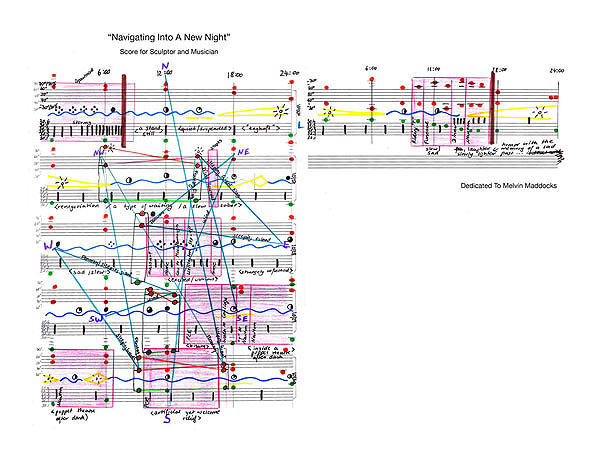
LookingOutwards-11
Angela Washko is an artist specialized in games and experiential art. She pushes for conversation and development of feminism and challenges societal norms. Angela does this through her own mediums video games and the world of gamers. She facilitates The Council on Gender Sensitivity and Behavioral Awareness in World of Warcraft, proving that females can be gamers too.
She is currently a tenure-track Assistant Professor of Art at our school, Carnegie Mellon University, and is a core faculty member for the MFA program. Her most popular work is arguably The Game: The Game. However, another interesting project is “Woman as Place”. It is an interactive game where she displays postcards from different regions of the world. It is a straightforward game with a straightforward concept, but the display and unique method of showing off her collection of postcards are enrapturing.
Play the game here.

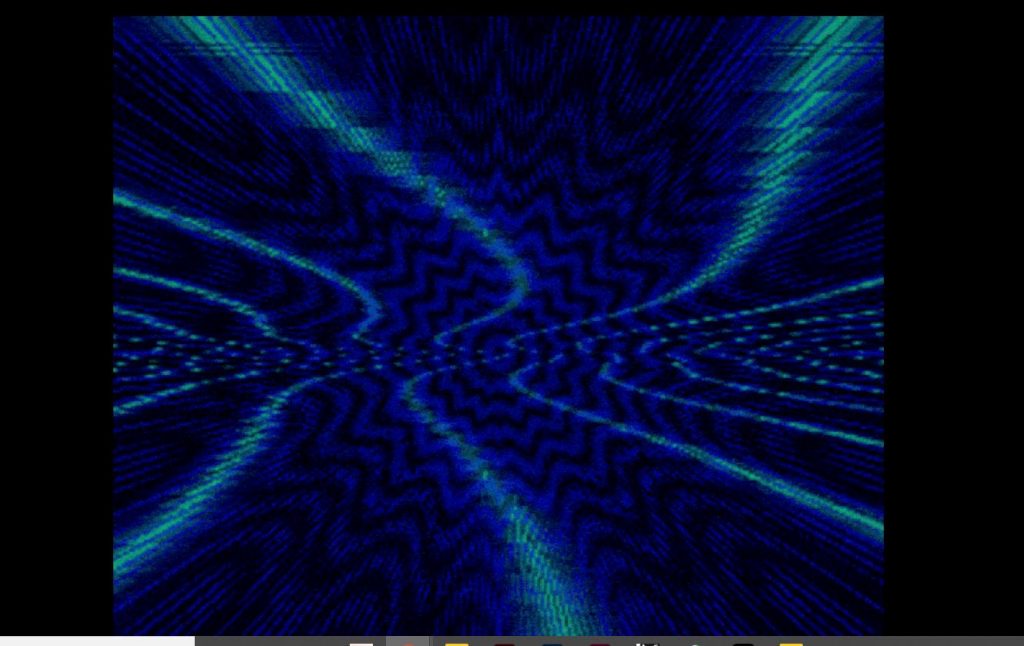
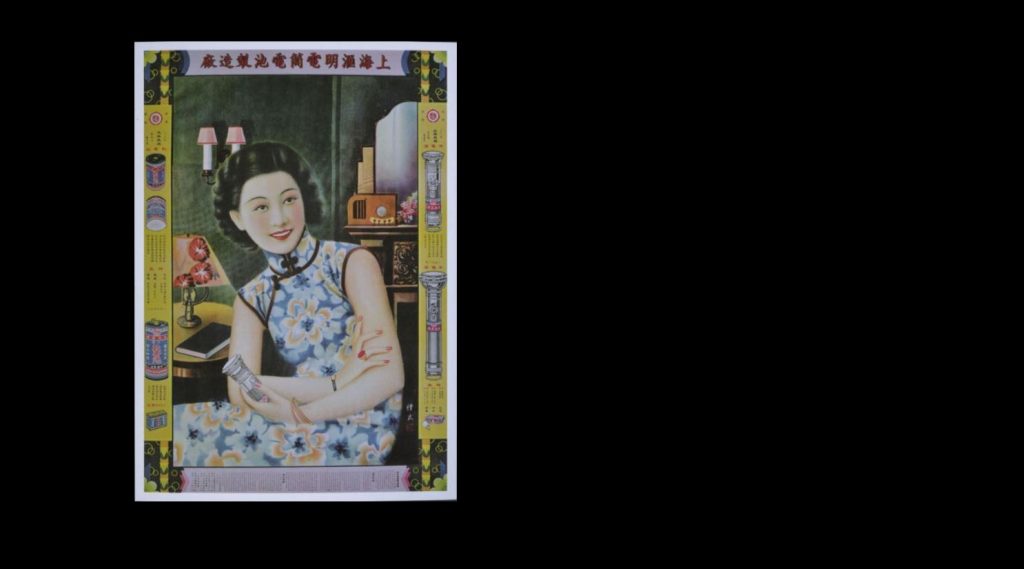
Looking Outwards 11
ANGELA WASHKO
THE GAME: THE GAME, VIDEO GAME, 2018
play The Game: the Game
https://angelawashko.com/section/437138-The-Game-The-Game.html
The game: the game is exactly what it sounds like: a video game about ‘the game’ – a euphemism for the formalized male practice of ‘seducing’ or ‘picking up’ women. The game: the game takes the form of a dating sim where ‘pick-up gurus’ vie for the player’s attention using strategies and techniques taken straight from their own instructional materials.

I really admire this work for how direct it is. It directly tackles the inherent chauvinism & absurdity of ‘pick up artists’ and their objectification of women. Most interestingly, it uses the interactive nature of video games to the fullest. While other artworks might convey the same message, only a game could provide you with a facsimile of first-hand experience.
Angela Washko is currently a tenure-track Assistant Professor of Art at CMU.
-Robert
LO -11

For this weeks Looking Outwards focusing on females, I chose to look at Emily Gobeille.
Gobeille is a visual design, motion graphics, and interactions artist. She is from Amsterdam but is based in Brooklyn.
One of her works, titled “Knee Deep,” uses real-time greenscreening and stomp detection to allow kids to play and immerse themselves in a virtual landscape. I really like this project because it allows children to experience art and coding. For me, it is exhibits like these that I loved when I was younger and really got me interested in art. It is really interesting to learn about someone who creates these pieces that I viewed as magic as a kid.
LO 11 – A Focus on Women Practitioners
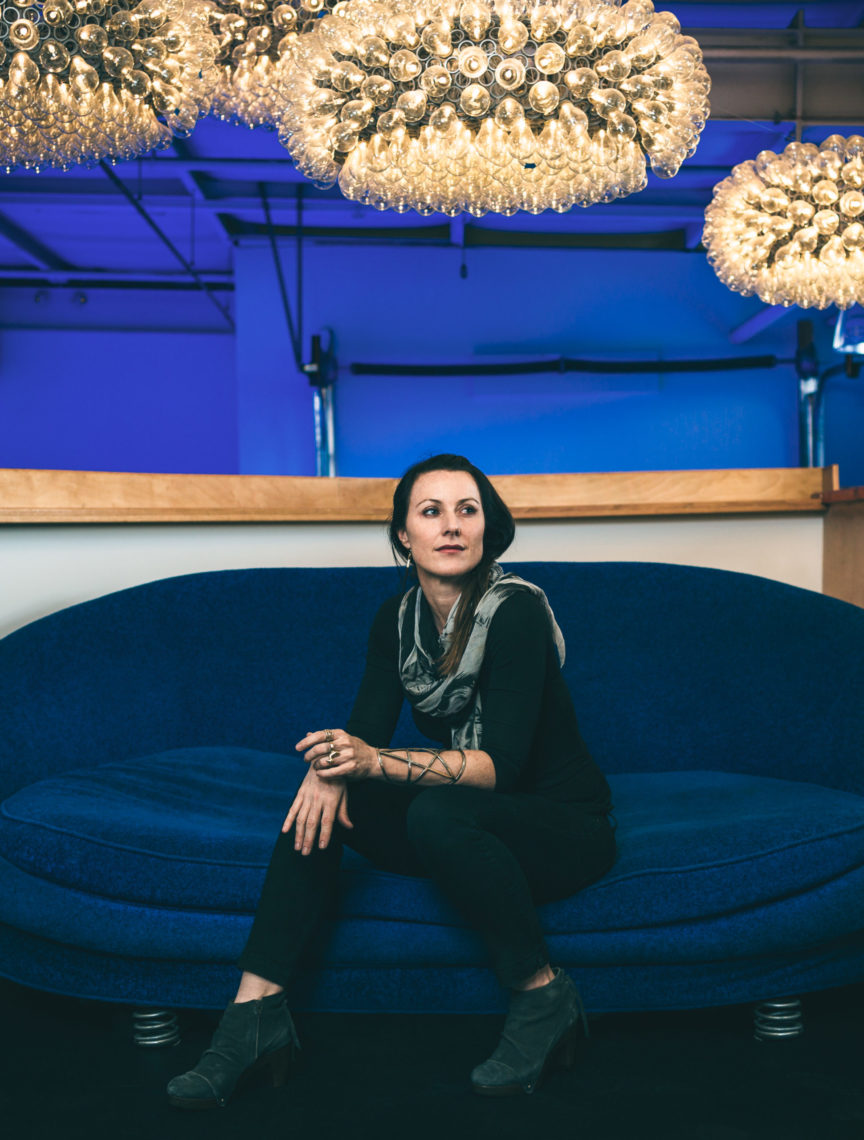
With works mainly focusing on new media and interaction, Jen Lewin is globally renowned sculptor based in New York. She uses her architectural background and a highly technical medium to fabricate large-scale interactive, public sculptures that encourage community engagement.
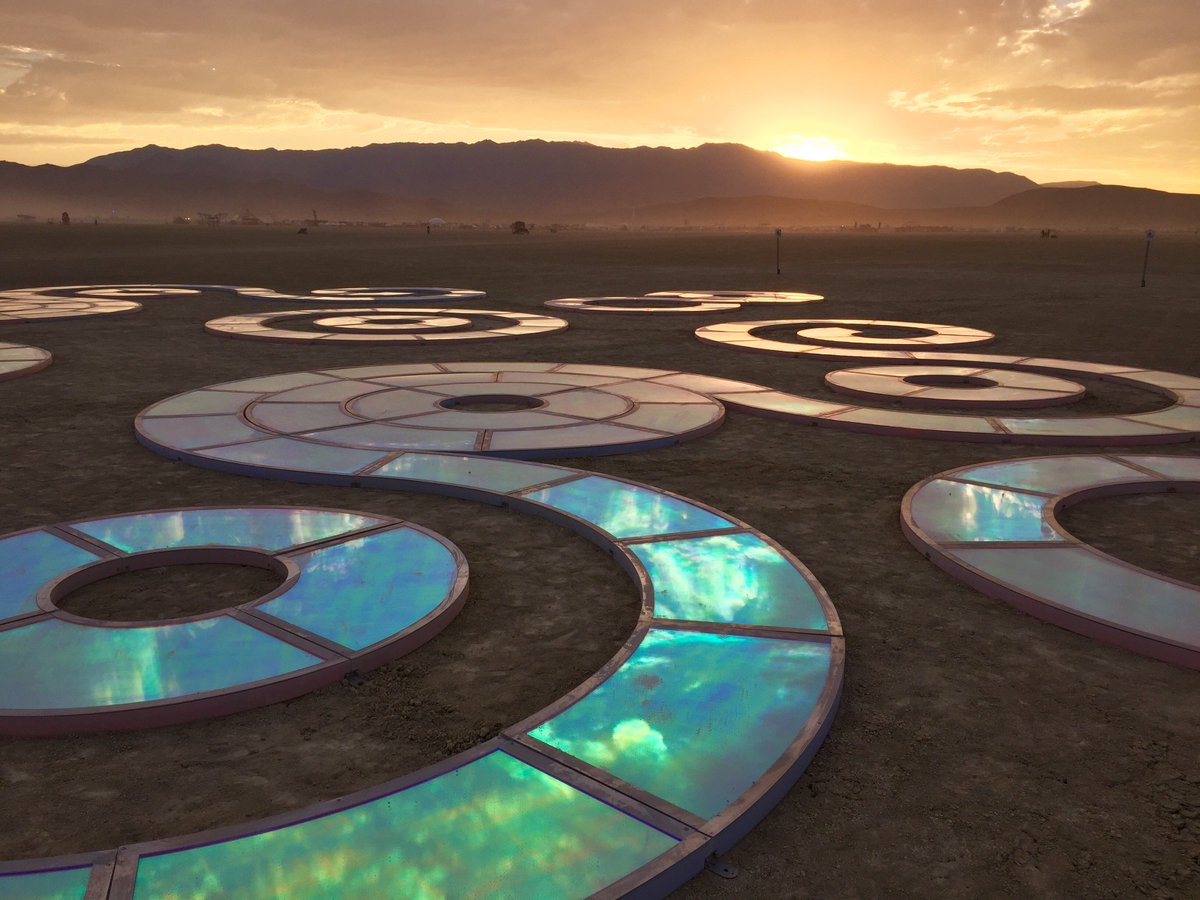
“Aqueous“, built in 2017 and exhibited in Georgetown, Burning Man, Hong Kong, Bahrain, Sydney, Los Angeles and Descanso Gardens, is a great representation of Lewin’s motives and purpose. An interactive landscape of meandering pathways of light, “Aqueous” is part of Lewin’s “Have Art Will Travel Program”, which seeks to create dynamic, participatory, public art experiences all around the world. Throughout the day, “Aqueous” reflects the sky, audience and surrounding environment, giving daytime viewers the illusion of swimming in the clouds and nighttime viewers a feeling of the universe’s expansiveness. Additionally, at night, “Aqueous” engages visitors as they walk along its surface, lighting up as they step, dance or play along the pathway.
Lights up as visitors walk along its surface
Like “Aqueous”, Lewin’s pieces “exist where art, technology, and communities meet” and strive to create a more personal experience that “brings vibrancy to public spaces”. Her works create connected human experiences that allow for participants to not only interact and enjoy the playfulness of the sculptures but also interact and connect with each other.
For additional information on Jen Lewin and her other works, please visit her personal website https://www.jenlewinstudio.com.
![[OLD FALL 2020] 15-104 • Introduction to Computing for Creative Practice](../../../../wp-content/uploads/2021/09/stop-banner.png)